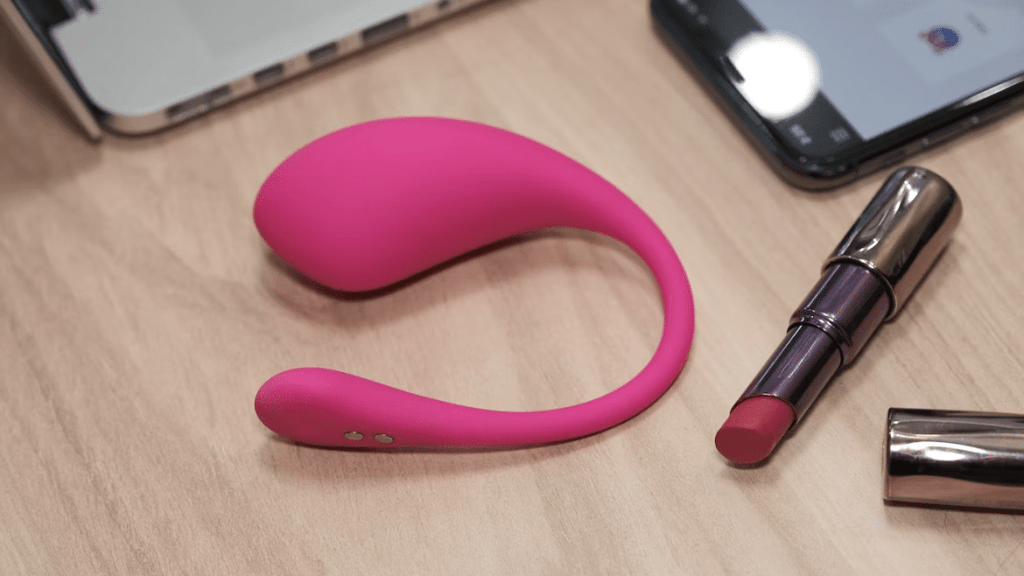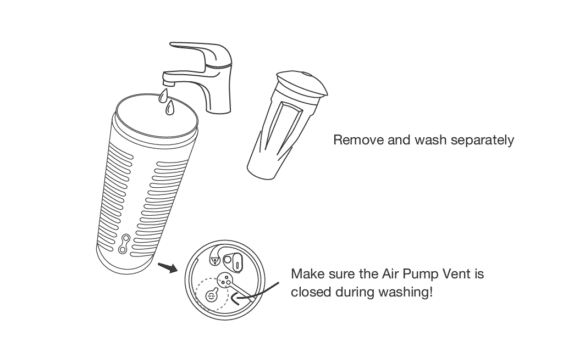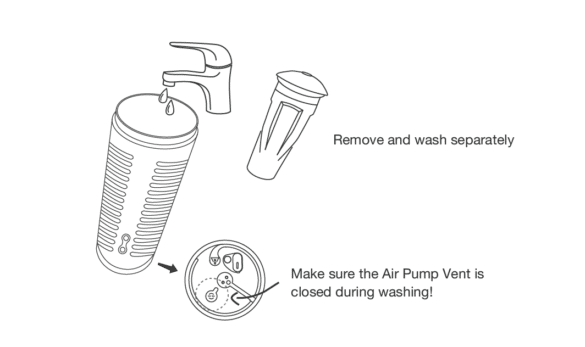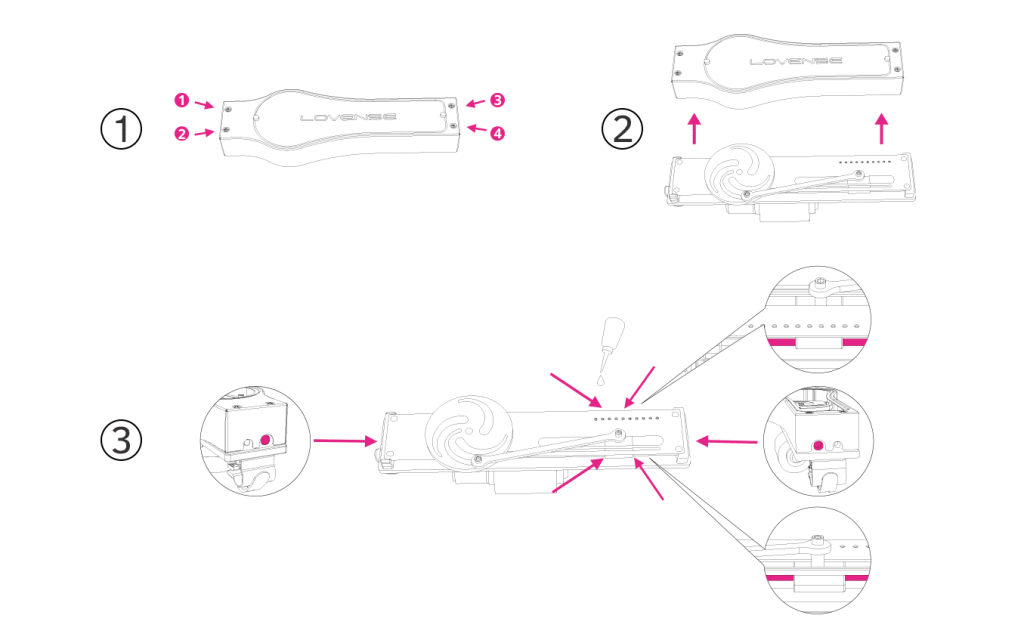Have you ever noticed a dark blemish on your toy? Unless you’ve purchased an item adorned with glitter, it’s likely to be mold. Employing objects for intimate activities? Indeed, that lingering odor has a familiar cause. Nevertheless, it’s possible to continue enjoying a vibrant sex toy experience while upholding a standard of hygiene that even the CDC would commend. This is why we’ll explore various methods for cleaning sexual accessories, along with additional valuable suggestions.
Questions to Ask Yourself
- Am I exclusively using my toy for personal use?
- Alternatively, am I sharing my toy with a trusted partner?
- Will my toys be utilized by acquaintances or individuals I’m not familiar with?
- Which of my toys are porous versus non-porous?
- Am I experiencing a yeast infection? (For women)
- Am I contending with an STI, or does my partner have one?
- Does anal play come into play, or will there be a transition?
Your responses will impact the approach you take to clean your toys. However, if you’re seeking specific advice on cleaning your Lovense toy, you can skip to that section of the article. Nevertheless, I HIGHLY ADVISE reading the entire content, as you might discover something of value.

Cleaning Sexual Accessories – Vocabulary
These terms might occasionally cause confusion, but they are commonly used. Hence, comprehending the differences is crucial. We will also examine them specifically in the context of sex toys, rather than adopting the rigorous approach employed by hospitals, such as sterilizing after each use.
CLEANING = Eliminates substances from the surface, though potentially leaving behind harmful residues.
DISINFECTING = Removes or minimizes the majority of potentially harmful microorganisms or organisms.
SANITIZING = Reduces bacterial levels (through cleaning or disinfection) to 99.9%, while viruses and fungi might persist.
STERILIZING = Eradicating all forms of life, encompassing viruses, bacteria, fungi, and spores.
Imagine this scenario: You’re faced with a metal tray covered in three-day-old raw chicken juice. Quite alarming!
- You could choose to clean it by wiping it with soap and water, making it free from visible dirt, yet not completely rid of germs.
- Alternatively, you might decide to skip the water and pour an entire bottle of bleach on it. This approach disinfects it, yet it might not be visually clean.
- On the other hand, if you wash it with warm water, apply a 10% bleach solution, rinse it thoroughly, and ensure proper drying, you achieve both sterilization and cleanliness. (Hint: Hospitals must sterilize their equipment)
You can certainly cleanse your sexual accessories, but if you’ve engaged in toy-sharing with an individual who has an STI (or you yourself have one), mere cleaning might not suffice.
When is the appropriate time to clean your toys? Both before and after each use.
When should you aim for sterilization of your toys? After engaging in anal play, experiencing a yeast infection, or sharing the toy with a partner. Even for vaginal use without any infections, periodic sterilization remains a prudent approach.
Porous vs. Non-Porous – The Significant Distinction
When a toy is non-porous (NP), this signifies that bacteria, viruses, and other contaminants will only remain on the surface and can be readily cleaned off. However, if the toy is porous (P), substances will be absorbed and retained within the material. Regardless of the extent of cleaning, these substances are unfeasible to sterilize.
Materials like body-safe or medical-grade silicone belong to the non-porous category and are excellent choices. On the other hand, TPE is body-safe yet porous, often selected for its soft texture, and considerably better than materials like jelly (which is considerably subpar).
Examining Your Sexual Accessories – Commencing at the Shop
Maintenance initiates right from the store itself, even before you’ve swiped your credit card and walked off with the discreet paper bag in hand.
- What’s the composition of the material?
- Does it fall under porous or non-porous category?
- Do the toy’s design elements include hard-to-reach gaps or crevices that pose cleaning challenges?
- Is there any strange or chemical-like odor emanating from the toy?
- Are there visible cracks, tears, indentations, or any flaws that raise concerns?
- Is the salesperson genuinely knowledgeable and willing to provide honest education? Or are they merely focused on passing time and wrapping up their shift?
Another vital point to keep in mind is the significance of routine inspections for the toys you currently possess. After all, you wouldn’t inspect your car only once and then never again, would you? The same principle applies to our intimate companions.
Pay attention to the motor’s sounds, examine for any tears, unusual color changes, or the presence of black spots (indicative of mold or mildew), and so on. My unfortunate vibrator began to emit a sound akin to a horde of killer bees engaged in a rugby match with a collection of marbles. Certainly not something you’d want between your legs if sparks were to fly.
Utilizing Condoms as Protective Shields
It’s no secret that I strongly advocate for adhering to safe materials while discarding the rest. While condoms are designed to provide protection against certain substances, they aren’t thoroughly evaluated for the chemicals present in many sex toys.
However…
I understand that either financial constraints or personal choices might sometimes prevail. In such cases, using a condom is certainly better than disregarding precautions. Place a condom over the toy if:
- The toy is porous.
- You have an infection (regardless of whether the material is porous or non-porous).
- You’re transitioning from anal to vaginal play within a single session (regardless of material).
- You’re sharing toys with someone you aren’t well-acquainted with (regardless of material).
Methods for Cleaning Sexual Accessories
Cleaning Methods for Sex Toys
- Battery-Powered or Mechanical Toys: If your toys have batteries or mechanical components and aren’t waterproof, avoid submerging them in water to prevent damage. Be cautious about water entering battery compartments, as it can cause corrosion.
- Soap and Water: This is the most common cleaning method for a wide range of toys, particularly effective for non-porous materials. Use mild, unscented soap and warm (not hot) water.
- Wiping Down: Instead of immersing toys directly in water, clean them by wiping with a clean damp cloth.
- Boiling: Boil toys for around 3, 5, or 10 minutes (time may vary). Place a tea towel at the bottom of the pot to prevent direct contact with the heat source. Reserved for solid metal toys, as some cheap ones might have a flaking metallic coating.
- Dishwasher: If opting for this method, ensure your dishwasher has a sterilize setting. Otherwise, washing with soap and water is preferable. Don’t include soap or other dishes in the cycle.
- Bleach Solution: Mix a 10% solution (10 parts water, 1 part bleach). Soak toys for 5 minutes, then rinse thoroughly, especially for metal toys. Use only cold/cool water.
- Rubbing Alcohol: For a more thorough clean, wipe toys with a clean cloth soaked in rubbing alcohol, then rinse.
- Corn Flour Dusting: This technique applies only to Cyberskin toys or Fleshlights. After washing and drying, lightly dust with organic cornflour or the provided brand-specific powder. Avoid using talc.
- Toy Cleaner: While it might seem like a go-to, other methods are generally preferable. Toy cleaners are useful in urgent situations where fast cleaning is needed, especially when switching toys with a partner (without a condom). Use it before a soap and water rinse, particularly if the toy has been stored for a while.
Remember that different methods are suitable for different materials and situations, so always choose the one that fits best.
Additional Valuable Counsel to Deeply Embed in Your Awareness
Here are some alternative ways to express your provided advice:
- Thoroughly dry your toy before stowing it away.
- Store in a cool, dry spot and aim to keep them separated.
- Remove batteries after every use to prevent drainage.
- Exercise caution with rechargeable batteries—recharge every six months if idle.
- Employ satin, organza, silk, or cotton bags for storage.
- For porous toys, consider wrapping them in undyed cotton or a similar fabric.
- If bags aren’t available, use a clean cloth.
- Ensure the storage drawers or box are clean too.
- Avoid storing in Tupperware due to potential chemical leeching.
- Consider investing in sex toy storage boxes, especially if you have a collection.
- Prioritize cleaning your sex toys both before and after use.
- Shield them from extreme temperatures—hot or cold.
- Never boil a toy with batteries, including Lovense products.
Cleaning a LOVENSE Toy
To clean LOVENSE sex toys, they can generally be categorized into three groups, excluding the sex machine, which is distinctly more complex to clean.
AMBI, EDGE/2, HUSH (all), CALOR, DIAMO, DOLCE. EXOMOON, FERRI, GEMINI, GRAVITY, GUSH, HYPHY. MISSION, NORA, OSCI 2, TENERA, and LUSH 1/2/3 can all be cleaned using mild soap or sex toy cleaner and warm water. Submerging them in water is also an option.
NORA (prior to an upgrade with an exposed charging port), OSCI 1, and DOMI 2 can be washed with mild soap and warm water. However, they should not be fully submerged. It’s important to prevent water from reaching buttons or charging ports.
MAX and MAX 2 require a distinct cleaning approach. Begin by removing the sleeve and washing it separately with warm water. Avoid using soap as it might degrade the sleeve material. The casing can be rinsed, but be cautious not to wet the bottom section and ensure the air vent is closed.
Here are the image instructions from each manual (Max and Max 2)


Cleaning the LOVENSE Sex Machine
- Prior to and following each use, clean the Lovense Sex Machine.
- The Control Box, Main Body, Power Supply, and Power Plug should only be wiped clean with a cloth.
- Wash the Dildo and all other components using warm water and mild soap (or sex toy cleaner).
- Be cautious not to allow water to enter the hole on the back side of the Dildo.
- Thoroughly dry all parts before storing or activating the machine.
- Every 2-3 months, apply mechanical grease (high-temperature wheel bearing grease is suitable) to the sliding rails and rod insertion holes if thrusting becomes less smooth. Procedure: 1) Use a screwdriver (not included) to remove the 4 screws. 2) Take off the cover. 3) Apply oil to the 6 designated spots.

Follow us on Instagram and Twitter!
instagram: @soulcamsofficial
twitter: @SoulCams
